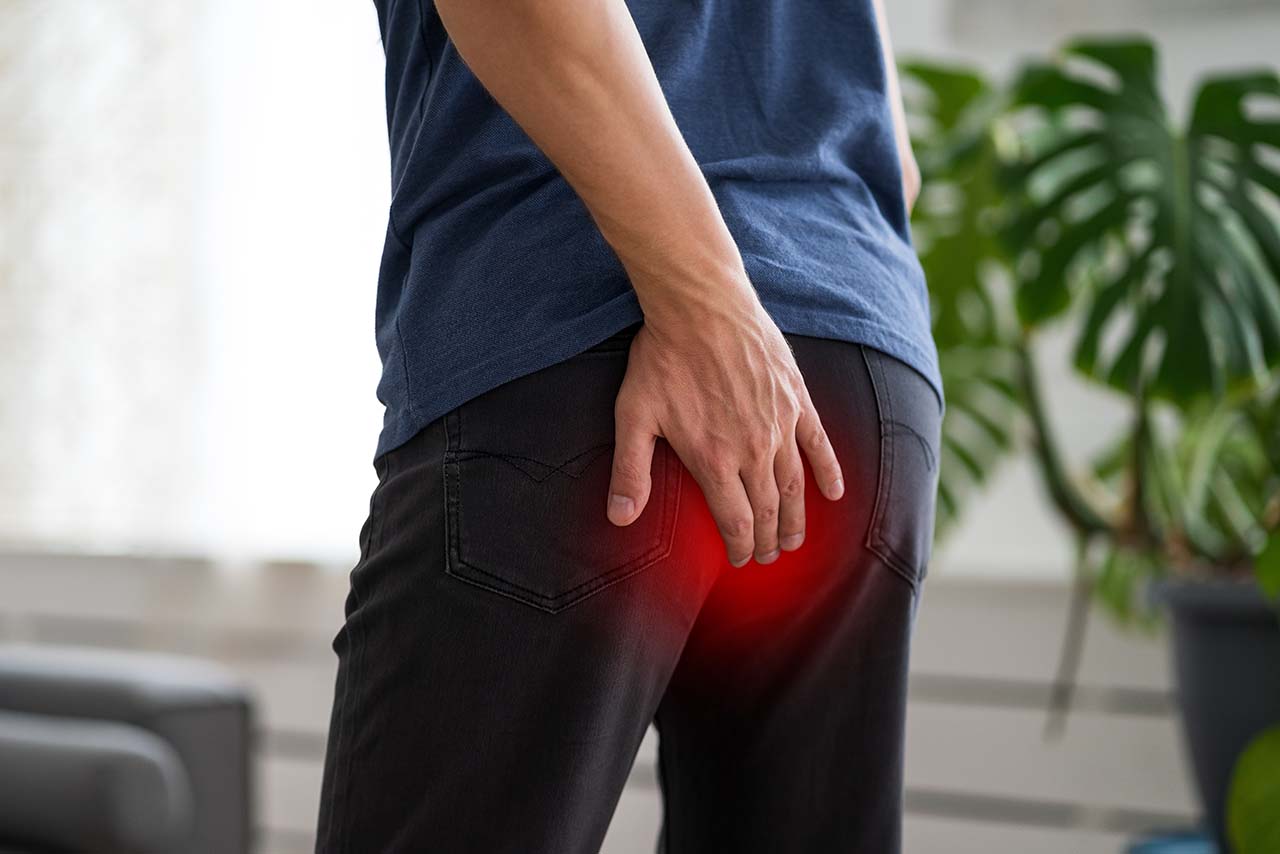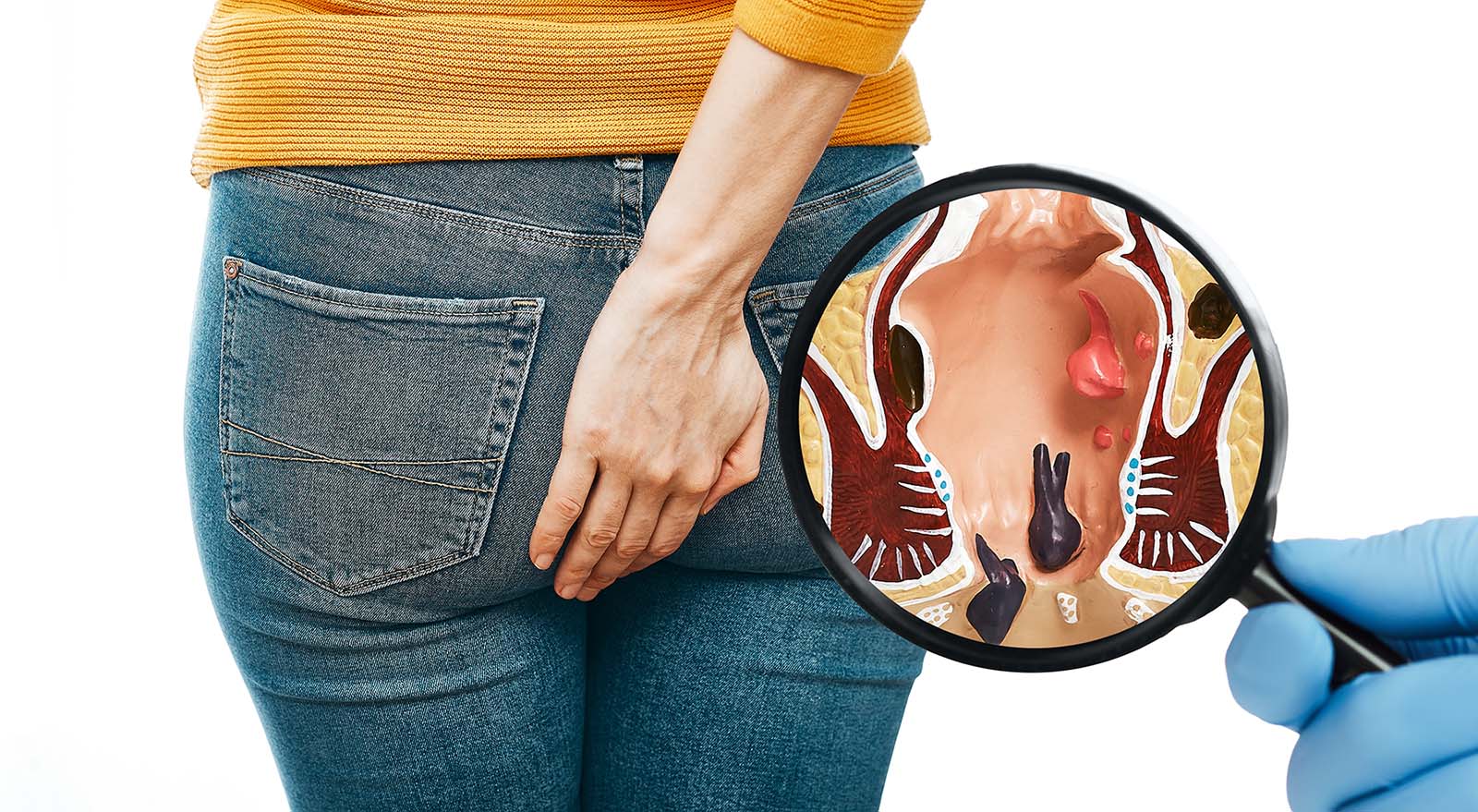Hemorrhoid Removal
Are you one of the millions of Americans suffering from the debilitating pain and discomfort of hemorrhoids? Do you find yourself avoiding social gatherings, physical activities, and even everyday tasks due to the crippling symptoms of internal or external hemorrhoids? Look no further than SCMSC Hemorrhoids Center in Los Angeles, where our expert doctors specialize in minimally invasive hemorrhoid removal procedures, providing effective solutions for individuals struggling with anal pain, bleeding, and itching. Our state-of-the-art facilities and cutting-edge treatment options, including rubber band ligation, hemorrhoid stapling, and hemorrhoidectomy surgery, offer a beacon of hope for those seeking relief from the misery of hemorrhoids in Los Angeles.
What are Hemorrhoids?
Hemorrhoids are swollen veins in the anal canal that can cause bleeding, itching, and discomfort. There are two types of hemorrhoids: internal hemorrhoids (inside the rectum) and external hemorrhoids (outside the anus). Hemorrhoids are a common problem affecting millions of people in the United States.
Symptoms of Hemorrhoids
- Bleeding during bowel movements
- Itching or irritation around the anus
- Swelling or pain around the anus
- Prolapsed hemorrhoids (hemorrhoids that protrude from the anus)
- Anal fissures (tears in the lining of the anus)
Causes of Hemorrhoids
- Constipation
- Diarrhea
- Straining during bowel movements
- Poor diet
- Lack of exercise
- Genetics
Hemorrhoid Removal Treatment Options
Our Los Angeles hemorrhoids center offers various treatment options for hemorrhoid removal, including:
- Rubber Band Ligation: A procedure where a rubber band is placed around the hemorrhoid tissue to cut off blood flow, causing it to shrink.
- Hemorrhoid Stapling: A surgical procedure that uses a stapler to remove hemorrhoid tissue.
- Hemorrhoidectomy Surgery: A surgical procedure to remove hemorrhoids.
- Infrared Light: A non-surgical procedure that uses infrared light to shrink hemorrhoids.
- Chemical Solution: A solution injected into the hemorrhoid tissue to shrink it.
What to Expect During Hemorrhoid Removal
Recovery and Relief
After the procedure, you may experience some discomfort, bleeding, or swelling. However, these symptoms usually subside within a few days. Your doctor will provide guidance on how to manage pain and promote healing.
- Take a warm bath: To reduce discomfort and promote healing.
- Eat a high fiber diet: To avoid constipation and promote regular bowel movements.
- Stay hydrated: Drink more water to help soften stool and reduce straining.
- Avoid heavy lifting: To reduce pressure on the anal canal.
Risks and Complications
As with any surgical procedure, there are risks and complications associated with hemorrhoid removal. These include:
- Bleeding: Excessive bleeding during or after the procedure.
- Infection: Infection of the affected tissue.
- Anal fissures: Tears in the lining of the anus.
- Muscle spasms: Spasms of the anal sphincter.
- Anal pain: Severe pain in the anal canal.
Why Choose SCMSC in Los Angeles?
Our Los Angeles hemorrhoids center offers:
-
Experienced doctors: Our doctors specialize in hemorrhoid removal and treatment.
-
State-of-the-art facilities: Our facilities are equipped with the latest technology.
-
Personalized care: We provide personalized care to ensure your comfort and safety.
-
Fast recovery: Our treatment options promote fast recovery and minimal downtime.
Hemorrhoid Q & A
What are the symptoms of internal hemorrhoids?
How to get rid of external hemorrhoids fast?
Can hemorrhoids cause severe bleeding?
Yes, hemorrhoids can cause severe bleeding, especially if they become prolapsed or thrombosed. If you experience heavy bleeding, it’s crucial to seek medical attention immediately. Our expert doctors can help you stop the bleeding and prevent future complications.
- Older age
- Obesity
- Alcohol consumption
- Smoke tobacco
- Primary sclerosing cholangitis
- Chronic liver disease
- Bile duct cyst (choledochal cyst)
- Genetics: In the U.S., the risk of bile duct tumors or cancer is highest among Hispanic Americans and Native Americans. Worldwide, this type of cancer is more common in Southeast Asia and China.






